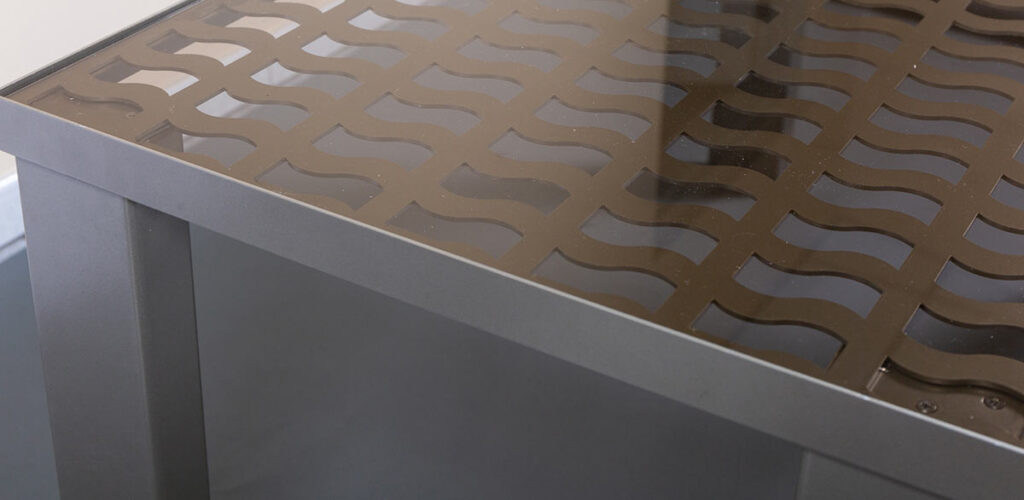
Iterative design has become a defining feature of how functional prototypes and end-use parts are developed today. From one-off concepts to complex industrial applications, the 3D printing process allows for repeated testing and improvements with unmatched flexibility. For businesses seeking advanced solutions through 3D printing in NYC, understanding the cycle of design, print, test, and refine is crucial to improving performance and reducing production risks.
Step 1: Designing the 3D Model
Each iteration begins with a digital 3D model. CAD software allows engineers and designers to develop detailed imagery of a part or product. This phase is critical, as the design must anticipate the dimensions, tolerances, and demands of the ultimate use case, which in turn define the accuracy and functionality of the final output. Industrial 3D printing applications often require models with highly specific geometries and internal features unlikely to be supported by conventional manufacturing.
Step 2: Printing the Prototype with Industrial 3D Printing Methods
After the design is defined, the first prototype is printed using industrial 3D printing processes. This stage requires the virtual design to be converted into a physical object through the use of 3D printers with materials made from PLA, ABS, nylon, or cutting-edge resins and metals to meet the functional requirements. This stage is used by 3D printing services in NYC to check for printability, structural integrity, and speed of production. The short timeframe allows the design team to quickly test assumptions and validate them, rather than waiting a long time for results.
Step 3: Testing and Evaluating the Print
After printing, the prototype undergoes evaluation based on its intended performance criteria. Testing can involve structural assessments, thermal tolerance checks, dimensional accuracy, and functional trials under real-world conditions. Industrial 3D printing is especially valuable here, as it produces parts capable of realistic testing environments. This step determines whether the design meets the necessary mechanical or operational benchmarks.
Step 4: Refining and Optimizing the Design
Testing results are directly incorporated into the next round of model adjustments. These adjustments could be as simple as changes to the materials used or additional measures such as dimension alterations or even reconfiguration in order to both enhance durability and function. It is made easy to reprint perfection since 3D printing services in NYC are available. Iteration speeds up product development and lowers the chance of defects during full-scale production.
The Importance of Iteration in 3D Printing in NYC
Iteration reduces cost, minimizes waste, and enables innovation. Particularly for industries that demand high precision, such as aerospace, electronics, and healthcare, the ability to fine-tune a design repeatedly before committing to tooling or large-scale manufacturing is a competitive advantage. 3D printing in NYC offers proximity, speed, and versatility to keep these cycles moving quickly. Industrial 3D printing allows for complex geometries, internal structures, and material combinations that are otherwise difficult to achieve.
Precision and Performance Begin with Iteration
From the initial concept to the final validated part, the value of iteration in 3D printing cannot be overstated. It supports product development that is both agile and cost-efficient. Weldflow Metal Products supports businesses with advanced industrial 3D printing and prototyping services designed for functional accuracy and speed.
Contact us today to learn how iterative 3D printing services in NYC can support your next project.







